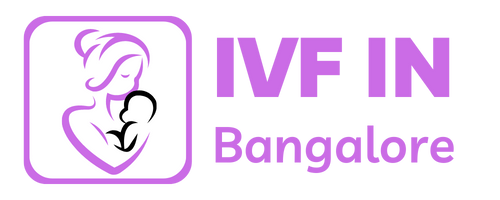Some common types of donor cycles include:
- Egg Donor Cycles: When a woman’s ovaries cannot produce viable eggs, an egg donor is used. The egg donor undergoes ovarian stimulation, and her eggs are retrieved, fertilized with the partner’s or donor sperm, and the resulting embryos are transferred to the intended mother’s uterus.
- Sperm Donor Cycles: In cases where the male partner has issues with sperm quality or production, donor sperm is used. The intended mother undergoes the usual IVF process with donor sperm.
- Embryo Donor Cycles: This involves using embryos that have been donated by couples who have completed their IVF treatment and have remaining viable embryos. The recipient undergoes a frozen embryo transfer (FET) to have the donated embryos transferred into her uterus.
It’s essential to consult with a fertility specialist or reproductive endocrinologist to discuss the available options and determine the best course of action based on individual circumstances. Additionally, medical terminology and practices may evolve over time, so it’s always best to seek the most current information from a healthcare professional.

